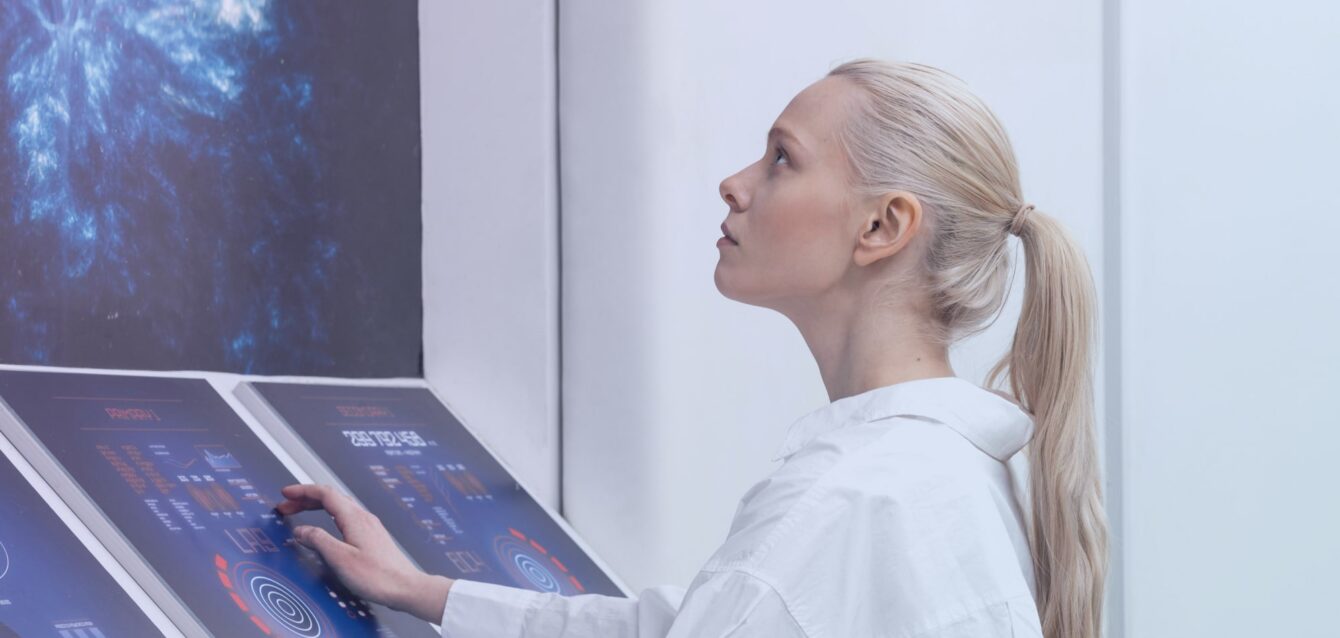Beyond the Thumb: Why Scrolling Is First an Eye Movement, Not Just a Hand Gesture
Introduction: Rethinking Scrolling in Digital UX
Scroll gestures dominate today’s digital interactions—whether on mobile, tablet, or desktop. But while most analytics platforms treat scrolling as a simple motor pattern tracked by finger swipes or mouse wheels, new research shows that the true essence of the scroll lies in the dynamic, complex movements of the human eye. Understanding this neurocognitive side of scrolling is the key to unlocking deeper insights into user behavior and campaign performance.
Neurocognitive Science: Scrolling Is Eye-Driven
Decades of cognitive psychology and modern user experience studies (Nielsen, Buscher et al., Lai et al.) confirm that scrolling is not only a muscular activity—it’s primarily a sequence of rapid eye movements called saccades. As users scan through content, their eyes jump from one visual anchor (like a headline or image) to another. Between these saccadic jumps are fixations—short periods where the eye rests and the brain actively processes information.
Saccades, Fixations, and Decision-Making
- Saccades: Rapid jumps between points of interest on a page, allowing users to cover large content areas quickly.
- Fixations (Scroll Stops): Pauses where cognitive attention locks onto a specific element—this is when information is filtered, interpreted, and memorized.
- Hand–Eye Synchronization: Eyes typically “lead” the hand, predicting where to scroll next as new visual targets appear.
This integrated process means that meaningful user engagement cannot be measured solely by raw scroll distance or velocity. Real attention emerges at the intersection of visible motion and cognitive selection.
Eye-Tracking Data: The F-shaped Scan and Visual Anchors
Eye-tracking studies reveal common scan patterns—most notably the “F-shaped” trajectory—where eyes focus on headers, short blocks of text, and standout visuals, often ignoring generic or below-the-fold content. Micro-movements and scroll stops indicate real user interest, not just accidental contact. Heatmaps and gaze clustering help platforms like Islaymetrics profile where and why users truly pay attention.
Why It Matters for Analytics and Campaigns
- Ignoring eye-based scroll patterns leads to overcounting (engagement inflation) and missed optimization opportunities.
- Understanding micro-movements and fixations allows brands and publishers to place call-to-actions, offers, or critical information where users are most likely to see and respond.
- Segmenting users by their cognitive scroll behavior (scanner, reader, binger) provides richer profiling and activation options for outcome-based marketing.
Practical Recommendations for Product and Content Teams
- Integrate eye-tracking insights with scroll analytics to build true attention profiles, not just surface-level activity logs.
- Use heatmaps and fixation data to restructure layouts, split test headlines, and optimize placement for core campaign goals.
- Design landing pages, articles, and ad units to provide strong visual anchors, predictable scroll rhythm, and clear “stop points” for engagement.
- Report and benchmark attention using metrics that fuse motor patterns and cognitive markers—like Attentive Time, Scroll Stops, Focus, and Attention Quality Score (AQS).
Conclusion: The Future of Scroll Analytics Is Eye-Based
In the evolving digital landscape, the distinction between hand gestures and cognitive attention grows ever more important. Platforms must recognize and report scrolling as a psychoneurobiological process—led by the eyes, confirmed by behavior, and validated by engagement. Islaymetrics applies the latest science for deeper, more actionable analytics—helping teams design, measure, and monetize user attention more effectively than ever before.
Want to learn more? Subscribe to Islaymetrics for weekly insights on the science of attention, campaign optimization, and UX innovation.






